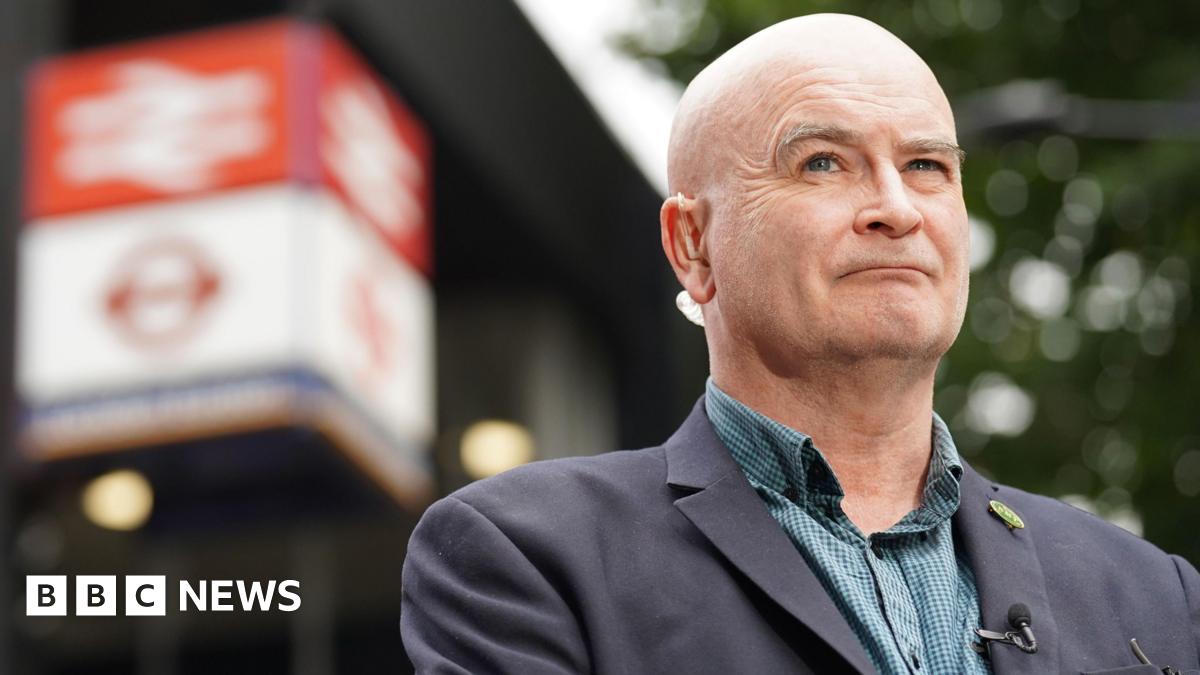Of all the business impacts of the COVID-19 pandemic, among the most transformative for HR leaders was the dissolution of the line between employees’ professional and personal lives. It’s a shift that has necessitated a more human approach to everything from leadership style to benefits design. And now, in an uncertain economy and labor market, leaders need to lean even more into humanity to help employees stay connected to their work—including by leveraging employee recognition.
“When COVID happened, everything became one: You were a human outside of work, and you were a human inside of work,” says Jason Averbook, senior partner and global leader of Digital HR Strategy at Mercer.
That has fueled a greater understanding of the influence of macro issues on employees’ day-to-day work—a realization that is critical in today’s environment. For instance, Averbook says, many employees are concerned about reports of layoffs, the impact of this being a contentious election year and the “fear of becoming obsolete” in the face of the proliferation of AI, among other worries.
“All of those macro issues are important to keep in mind when you’re thinking about how to build culture and the role that recognition can play in doing that,” Averbook says.
Strategic recognition can create “a ripple of positivity across the organization, contributing to a dynamic company culture that drives engagement,” write researchers from the Global Recognition Solutions provider Workhuman in a recent white paper. “Weaving recognition into the fabric of culture does right by your people and has a quantifiable business impact.”
Employers looking to capture that business impact, Averbook says, need to first acknowledge that modern employee recognition cannot be just an “HR thing.”
“HR doesn’t give recognition,” Averbook says, noting recognition is a practice that should be utilized by all employees, across levels and departments. “HR’s job is to teach managers and leaders how to give recognition in a way that supports the culture and the employee value proposition.”
That’s going to require HR professionals to do a lot of “unlearning,” Averbook says. In the past, HR may have coached managers and leaders to deliver recognition that sounded like “Hey, you worked an extra hour today; great job!” Today’s more human-centric work environment, however, needs a different approach, one that helps demonstrate to employees their purpose within the organization.
“You have to really think about the impact of that work and say how it’s driving outcomes,” Averbook says. “We’re seeing recognition become more rich, as people are being recognized in a way that is tied to these macro issues—how they’re helping their companies change to become more human.”
A key consideration for leveraging recognition to drive engagement, Averbook says, is understanding how a unique workforce population wants to be recognized.
Recognition can’t be a “one-size-fits-all” exercise. For instance, while many leaders equate recognition with compensation, many workers, particularly in Gen Z, Averbook says, would prefer a call-out for a job well done in front of the team over a monetary reward. However, for an employer with a lower-wage workforce, a monetary award may be a game-changer.
“Persona-based recognition is very important,” he says. “If I’m blue collar, no collar, white collar, pink collar—what I want recognition to look like is going to be different based on that collar.”
 Employees’ recognition expectations are also changing—and quickly—as macro influences continue to evolve. So, employers need to avoid rolling out a multi-year recognition strategy aimed at driving engagement but rather focus on continually taking the pulse of the workforce.
Employees’ recognition expectations are also changing—and quickly—as macro influences continue to evolve. So, employers need to avoid rolling out a multi-year recognition strategy aimed at driving engagement but rather focus on continually taking the pulse of the workforce.
“Be in touch frequently with the workforce—through leaders and managers—to say, ‘What recognition is working?’ ” Averbook cautions.
And as leadership looks to recognition to fuel engagement, Averbook notes, it’s important to be clear on the desired outcomes of stronger engagement: better retention, customer satisfaction numbers, higher profits, for instance.
“Employee engagement is an odd but important measure: Yes, you want your people to be more engaged, but you also have to know that, if they’re more engaged, they’re going to do X,” Averbook says. “What does engagement mean to a business strategy and to your business outcomes?”
Learn more about how strategic recognition can drive engagement and retention in Workhuman’s white paper, 3 Creative Ways to Build Culture and Engagement.
Credit: Source link











